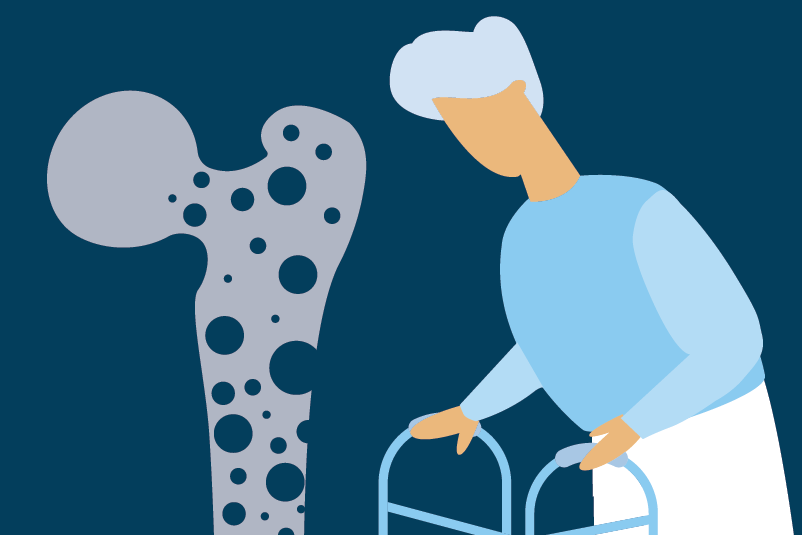#40 Topical NSAIDs: Do they top Placebo or Oral NSAIDs?

Reading Tools for Practice Article can earn you MainPro+ Credits
Join NowAlready a CFPCLearn Member? Log in
- Clinical success (defined as 50% pain reduction, good pain relief, or equivalent): Statistically significantly greater with topical NSAID vs. placebo, relative benefit 1.5 [Confidence Interval (CI) 1.4-1.6].
- Topical NSAID 65% vs. placebo 43%, Number Needed to Treat (NNT)=5.
- Topical diclofenac, ibuprofen, ketoprofen, and piroxicam were all effective.
- Adverse events and withdrawals were not different.
- Benefit decreased over time: 6-8 days NNT=4 and 9-14 days NNT=10.
- This may be due to recovery over time in the placebo arm.
- Short-term (two weeks) effects: Consistent statistically significant improvement.2,3 Example, relative benefit 1.9 (CI 1.7-2.2), NNT=5 for improved pain over placebo.3
- Long-term (=12 weeks) effects: Statistically significant pain reduction vs. placebo, NNT=11.5
- Comparing topical to oral NSAIDs: Pain control is similar (relative risk 1.1, CI 0.9-1.3).3,5 Overall withdrawals for adverse effects is also similar.5
- Other meta-analyses6,7 support topical NSAIDs in acute musculoskeletal pain or single joint osteoarthritis.
- Present evidence does not support topical NSAIDs in back pain, neuropathic conditions or widespread pain.7
- UK osteoarthritis guidelines place topical NSAIDs (or acetaminophen) as first line pharmacotherapy for knee and/or hand osteoarthritis.8
- Intra-articular NSAID levels are therapeutic with topical or oral but circulation levels of topical NSAIDs are 15% of oral NSAIDs.8
- Recommending specific formulations is challenged by the lack of trials comparing different formulations (types of gels/creams) on clinical outcomes.






